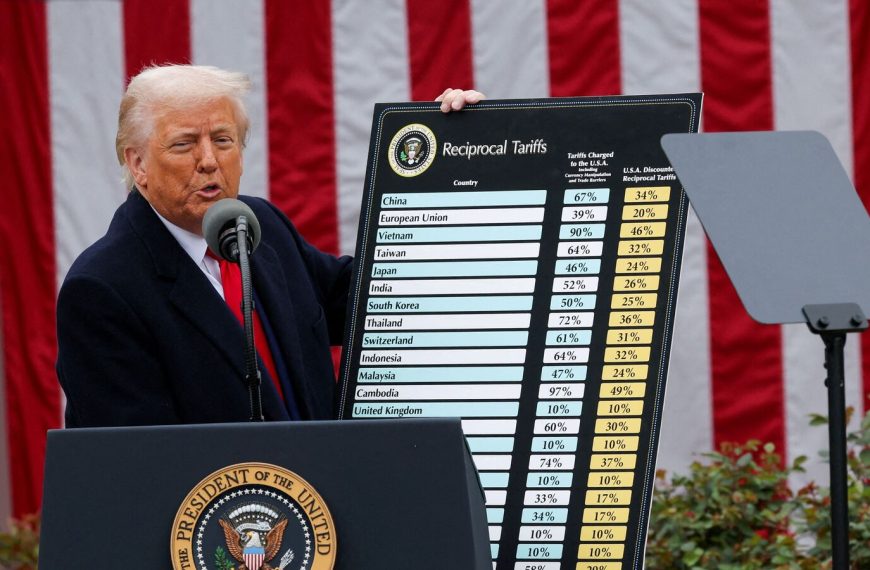This week has brought unexpected turbulence in the financial markets, prompting major financial institutions like Barclays and Goldman Sachs to swiftly adjust their projections. The recent selloff has expanded corporate bond spreads and led several borrowers to delay their sales. Analysts at Barclays have expressed concerns that current credit spreads are not adequately reflecting the associated risks, especially in light of escalating tariff announcements and growing fears of a recession.
Adjustments in Credit Spread Forecasts
Barclays’ analysts, Bradley Rogoff and Dominique Toublan, revised their expectations on Friday, now predicting that high-grade credit spreads could widen to 125 basis points within the next six months—up from their previous estimate by 30 basis points. As of Thursday, investment-grade spreads had already reached 97 basis points, marking the widest margins since September.
- High-Yield Predictions: Barclays anticipates that high-yield spreads could expand to 425 basis points, an increase of 100 basis points from earlier forecasts.
The market was jolted on Monday when President Trump hinted at a potential economic downturn, catching many investors off-guard. The corporate debt market, which had previously experienced minimal volatility, suddenly found itself swept up in the chaos. Meanwhile, US government bonds remained stable, while the risk premium for corporate debt reached its highest levels since September.
Rising Concerns Over Credit Markets
Banks are warning that credit spreads may continue to widen as investors demand greater premiums to mitigate default risks. This trend could elevate borrowing costs for companies, potentially stalling growth in an economy that some analysts believe is inching closer to a recession.
On Wednesday, Goldman Sachs revised its forecasts for credit spreads, emphasizing the risks associated with tariffs and the administration’s readiness to accept short-term economic challenges. Their prior expectation for US investment-grade spreads of 82 basis points in the first quarter was significantly adjusted.
Signs of a Necessary Correction
Bank of America views the recent selloff as indicative of a necessary correction after an extended rally in the high-yield sector. Strategist Neha Khoda noted, “The cracks that emerged in the credit market last week have evolved into a significant fracture.” The bank has adjusted its high-yield spread forecast to 350 basis points, with potential for even wider margins reaching 380 basis points. Currently, high-yield debt is priced at 335 basis points, the widest since last August.
Citigroup’s Preemptive Moves
Prior to this week’s market upheaval, Citigroup had already widened its fair value models for investment-grade bonds to 121 basis points, attributing this adjustment to increased volatility and a spike in foreign bond yields compared to US fixed income. Analysts expressed that the bearish sentiment could solidify if foreign outflows from US markets continued.
Recession Fears and Market Sentiment
According to Barclays, current spreads are reflecting less than 5% recession risk, which seems inadequate given the rapid changes in the market landscape. They project that spreads should be pricing in around 20% recession risk while still remaining below long-term averages.
Additionally, Barclays suggests that all-in yields are in a supportive position for credit spreads. They expect high-grade and junk bond yields to remain in the mid-range established since the Federal Reserve began increasing rates in 2022, which is still appealing when compared to the last 15 years.
As the market navigates these uncertain waters, investors remain vigilant. The evolving landscape of corporate bonds and credit spreads will be crucial to monitor in the coming months.










